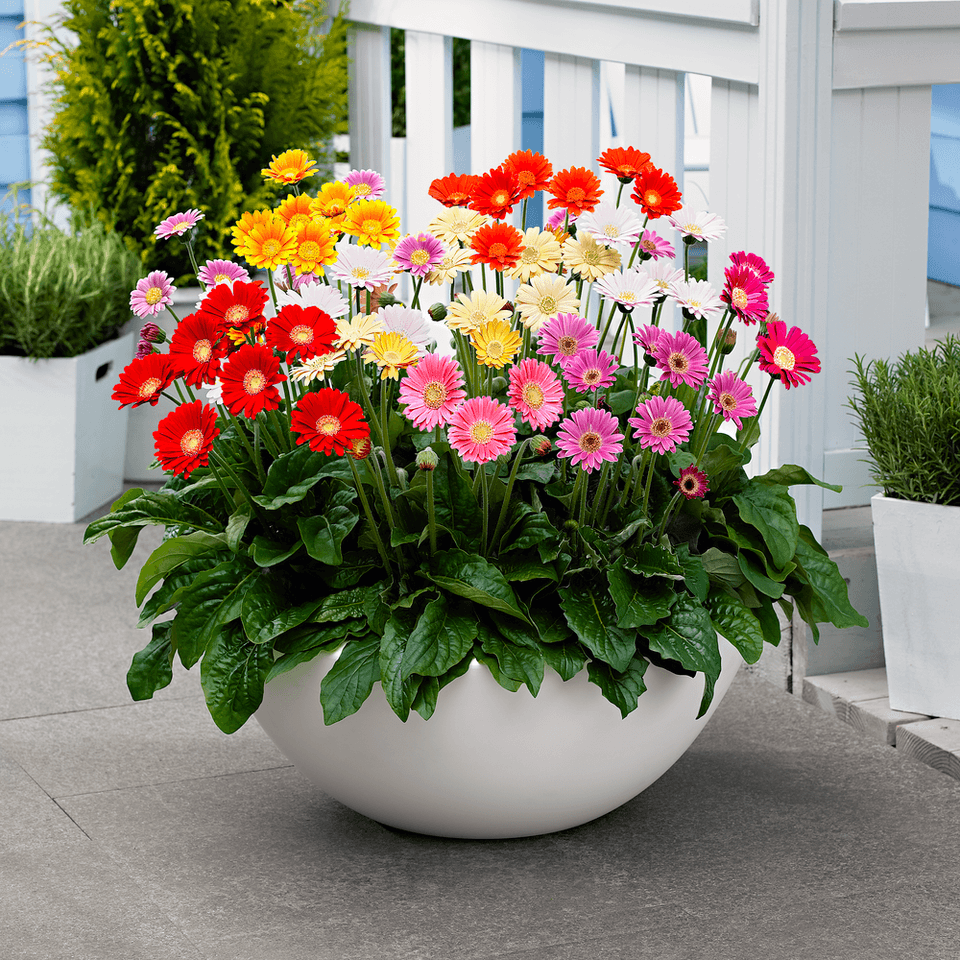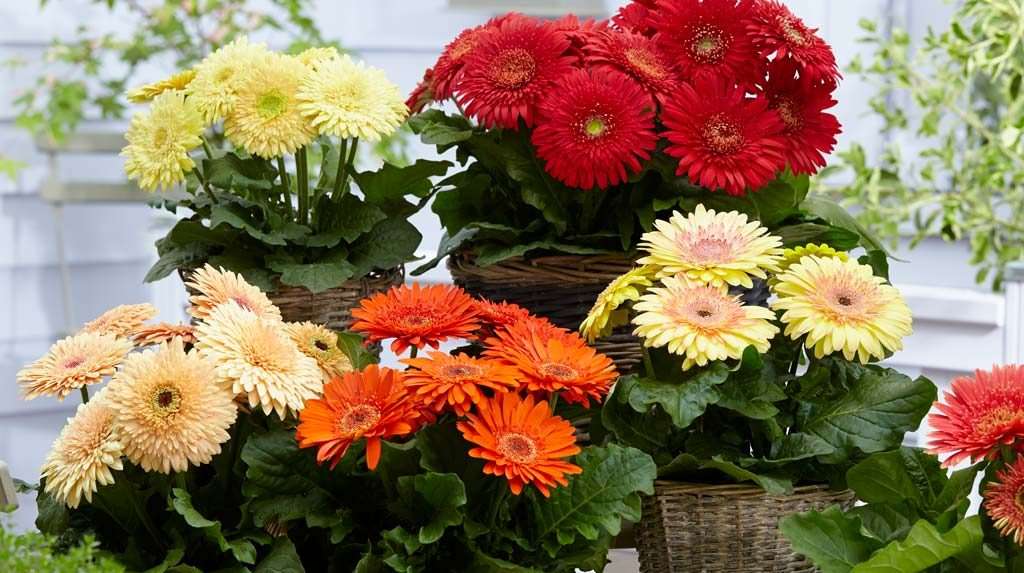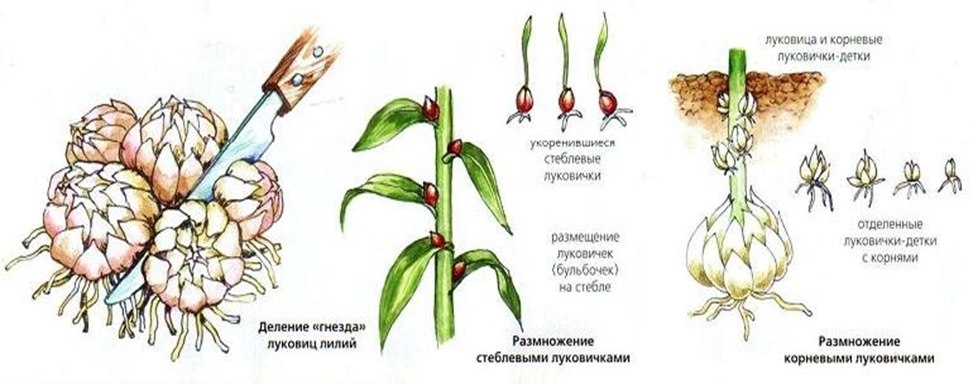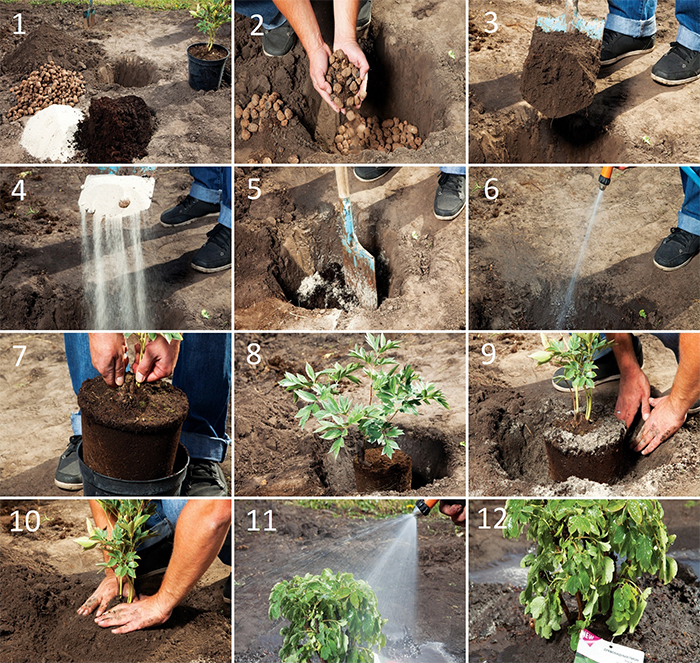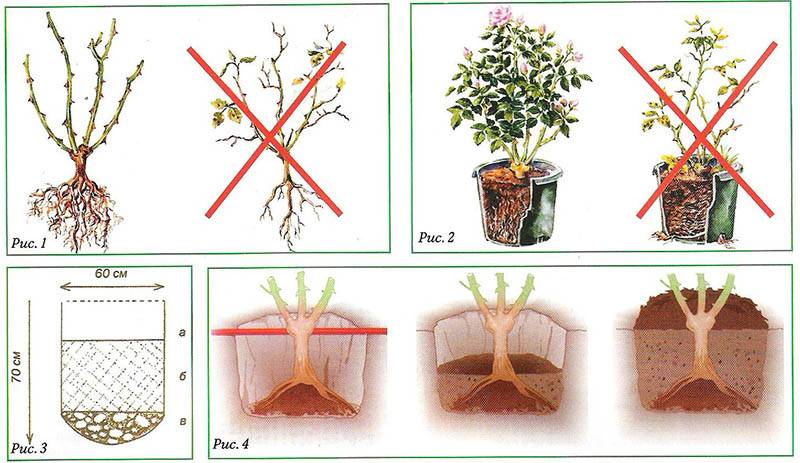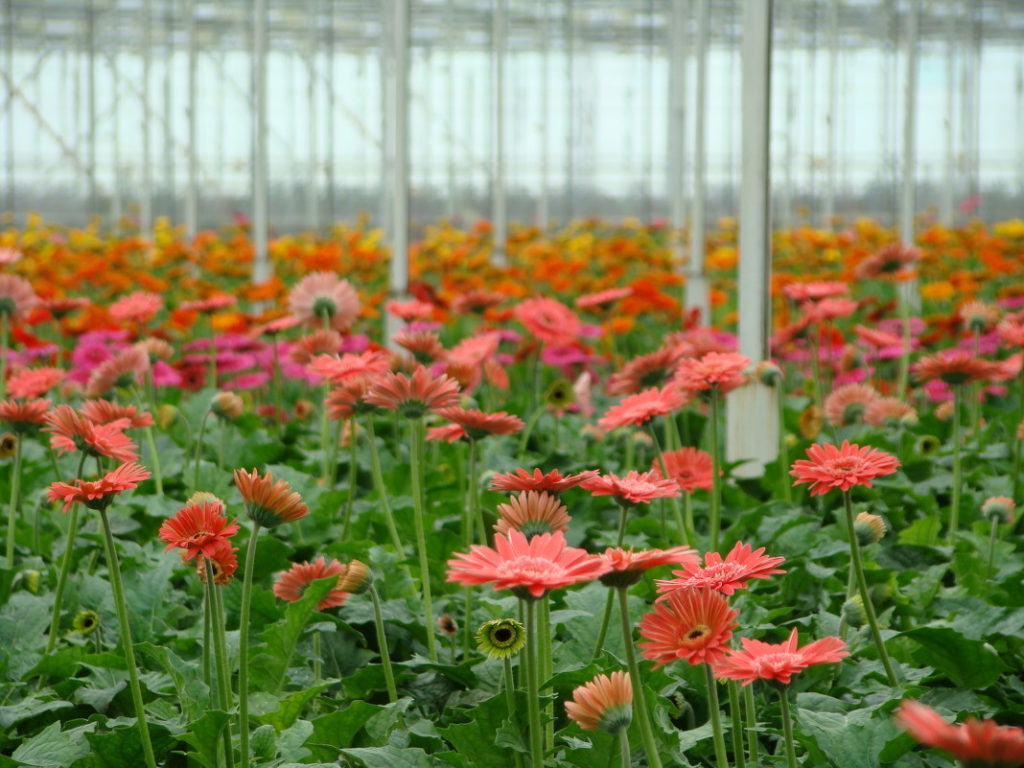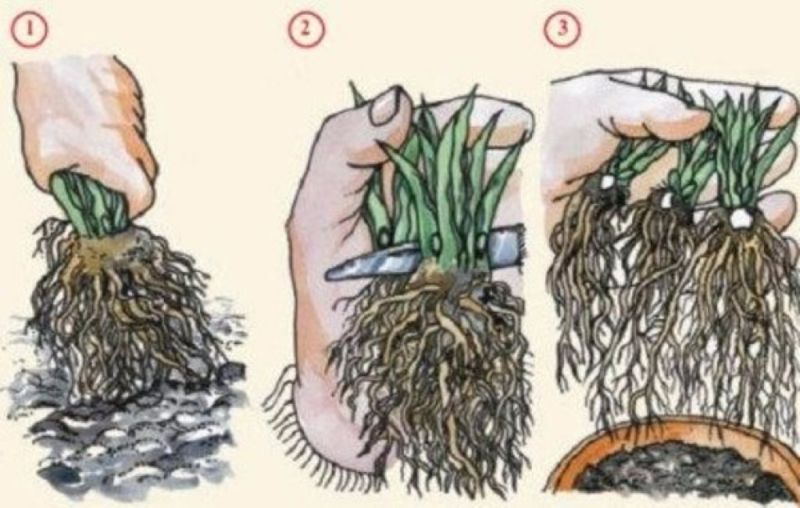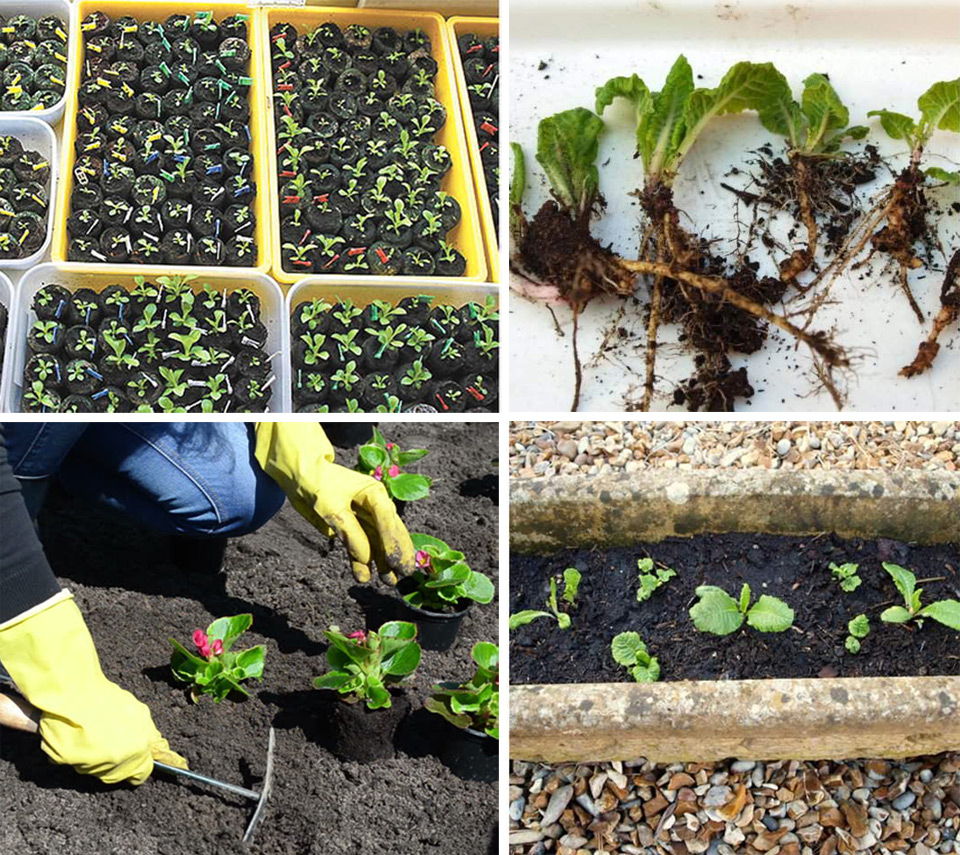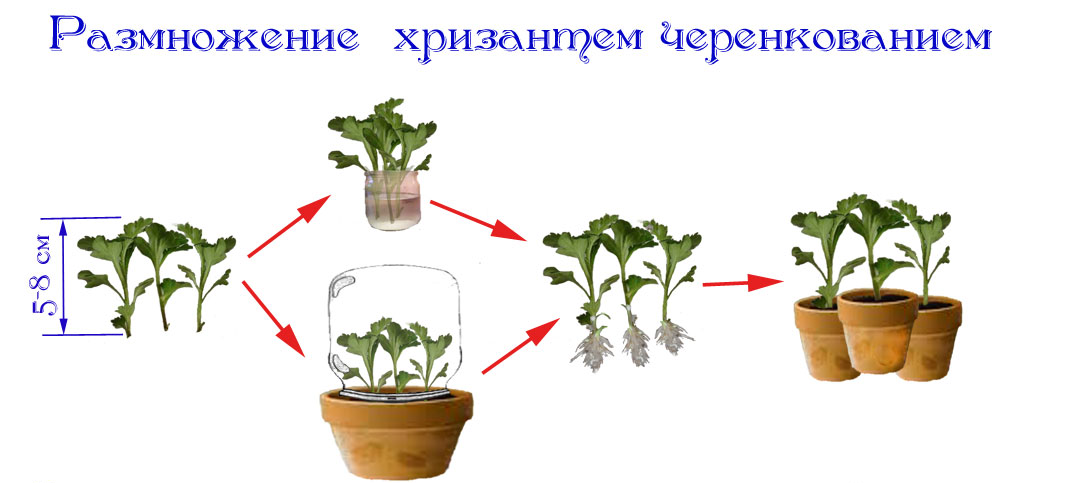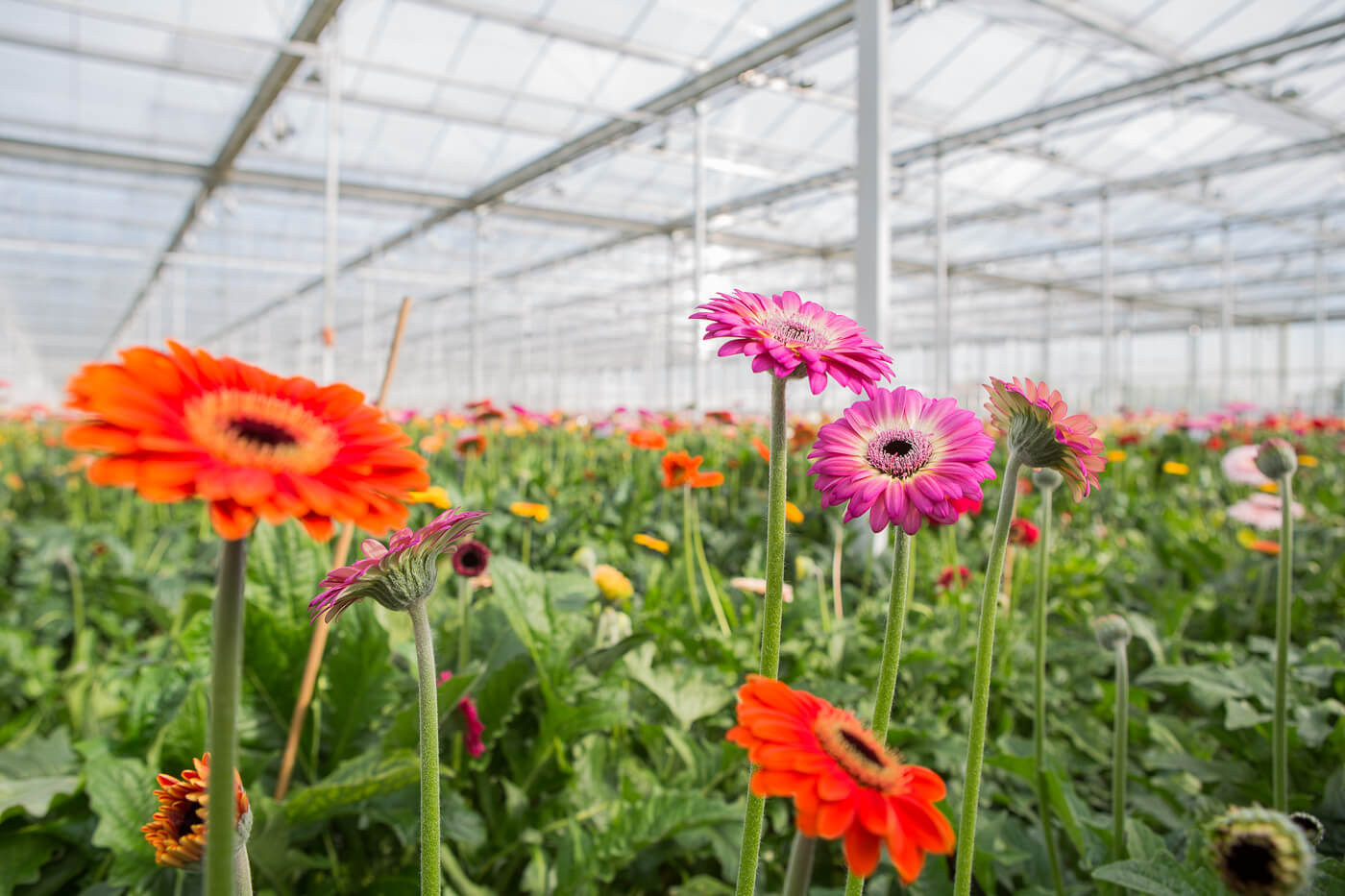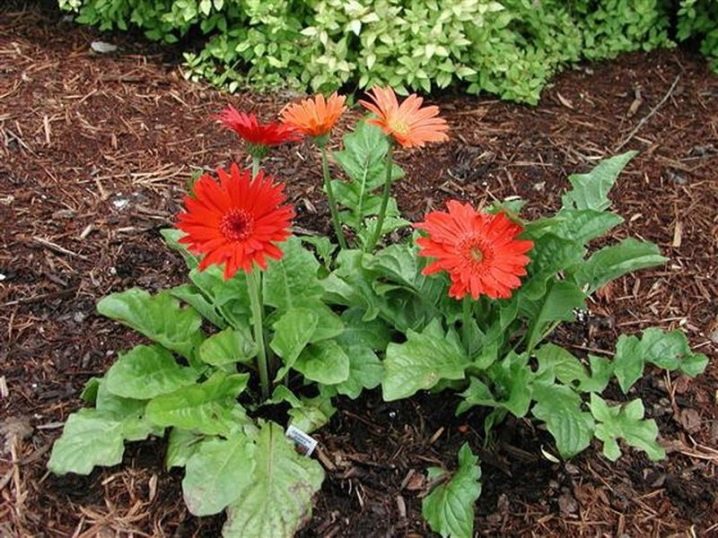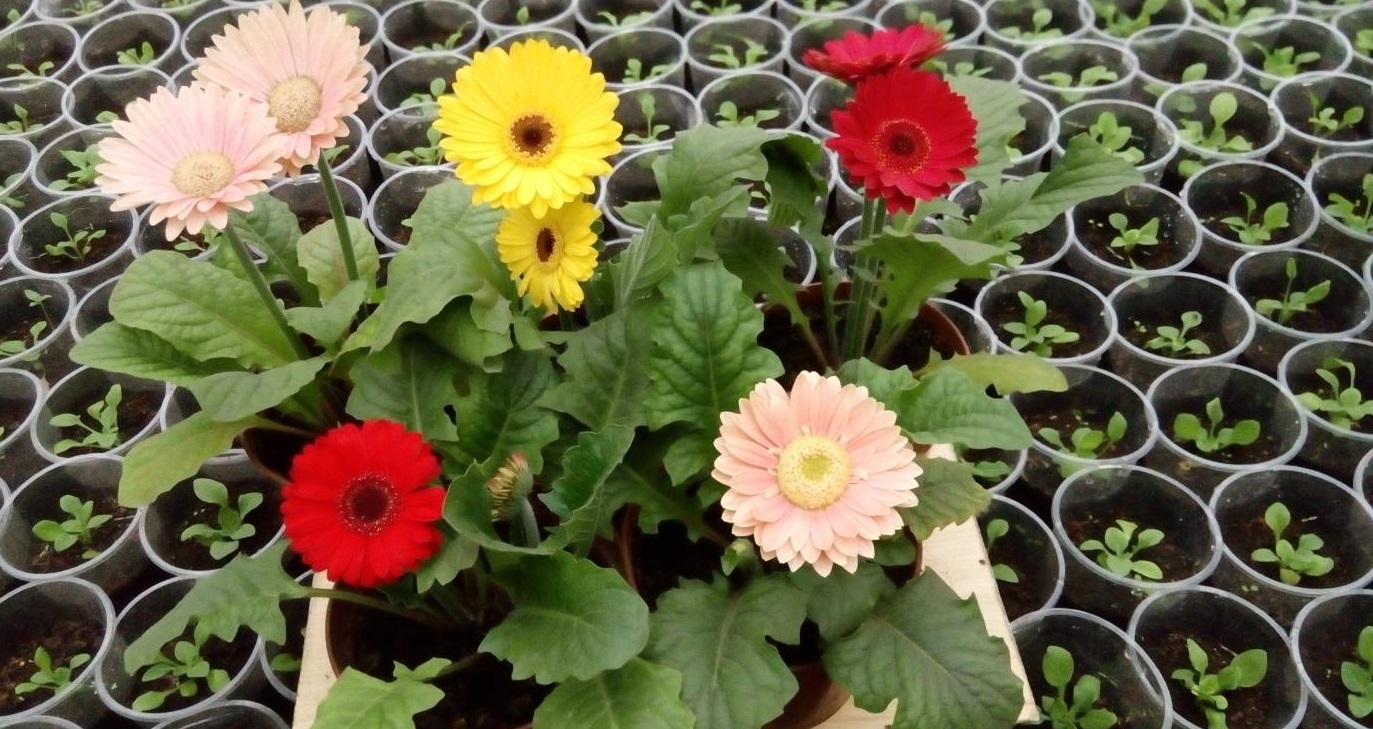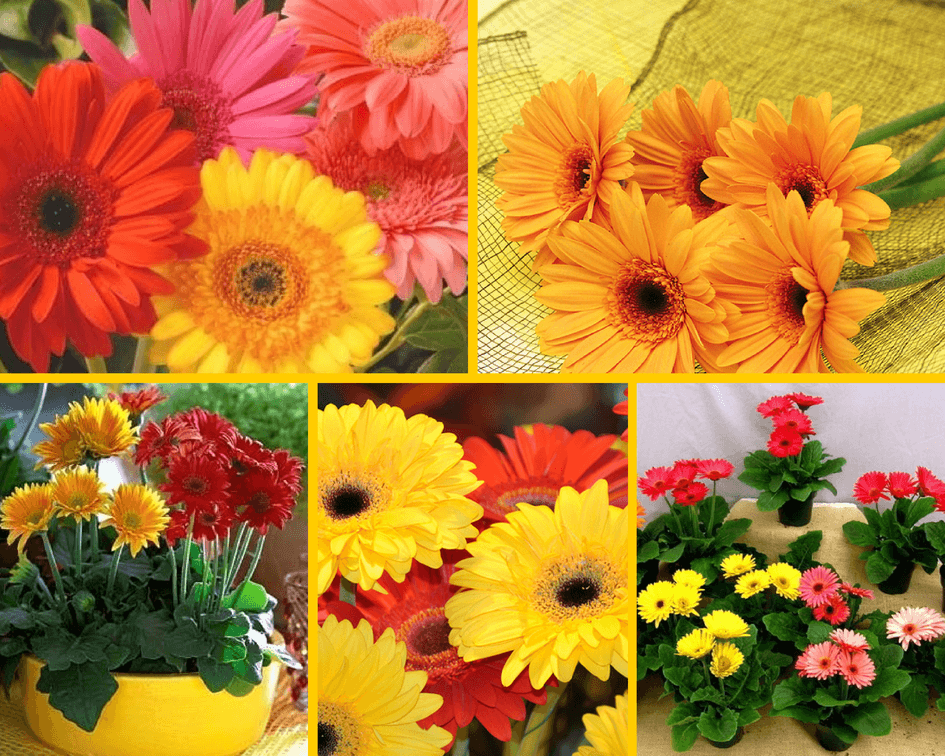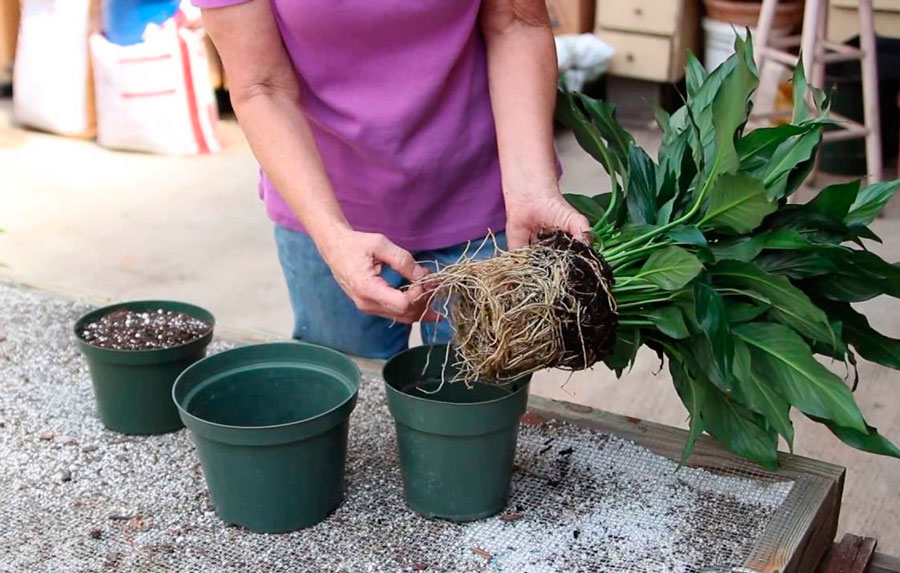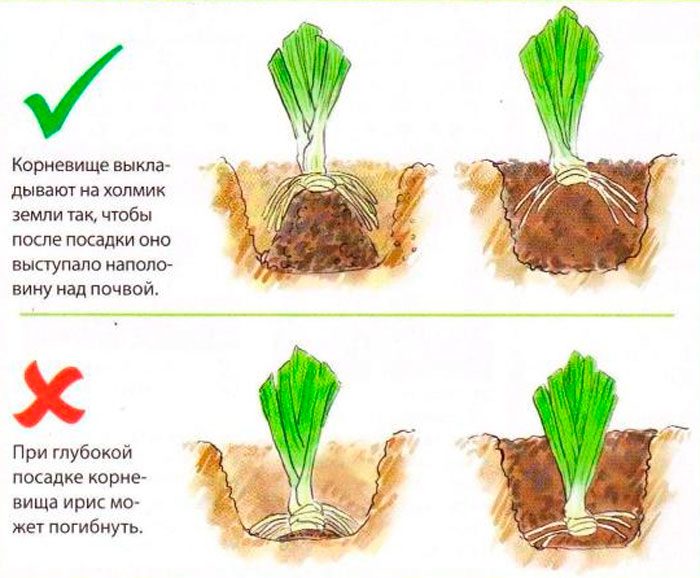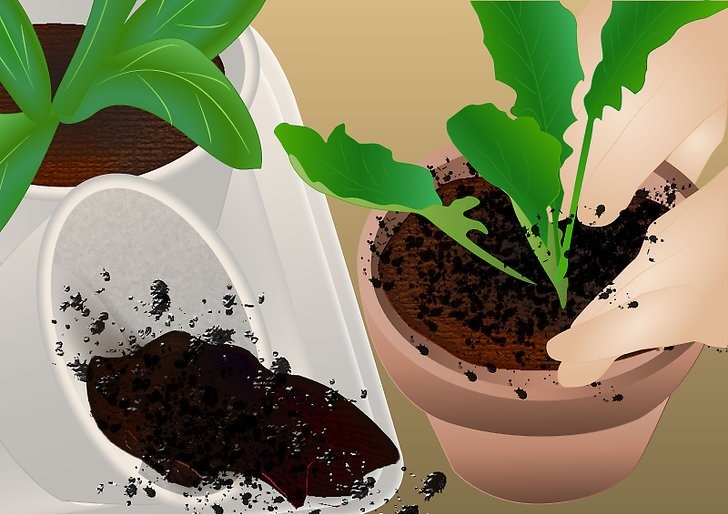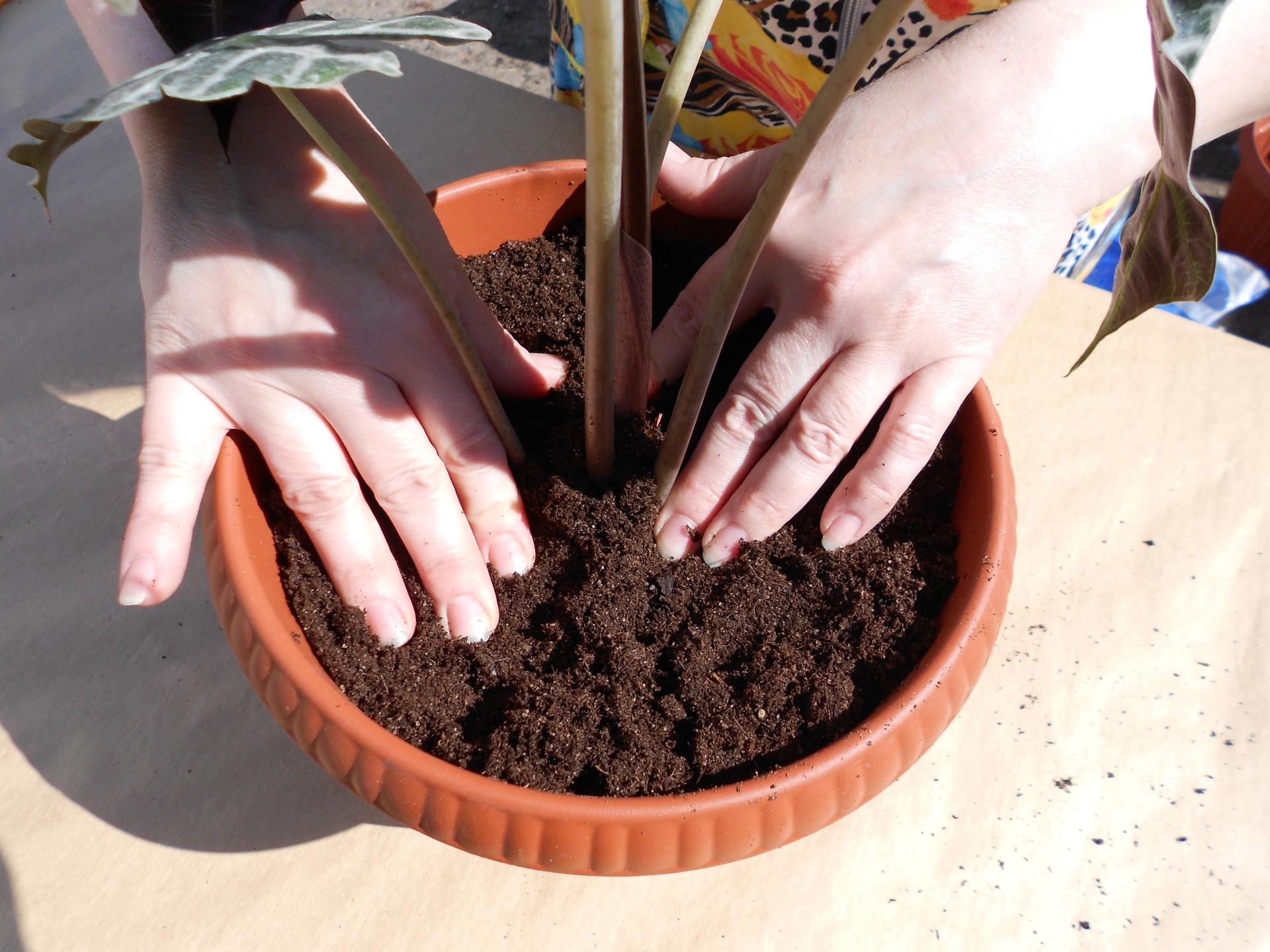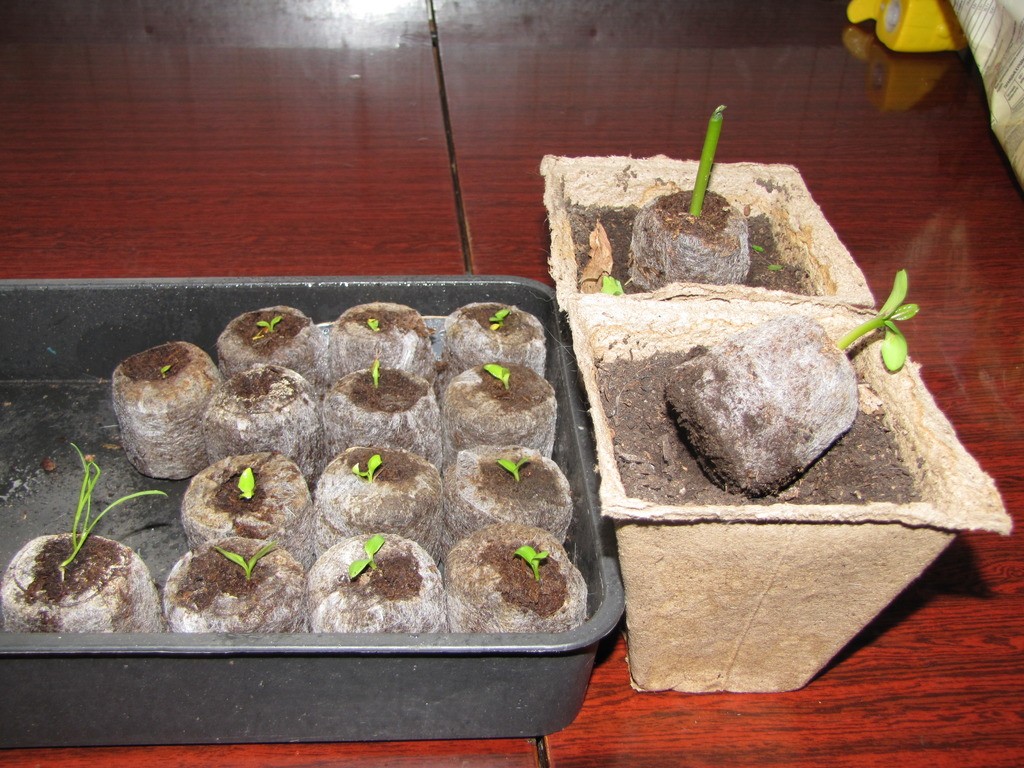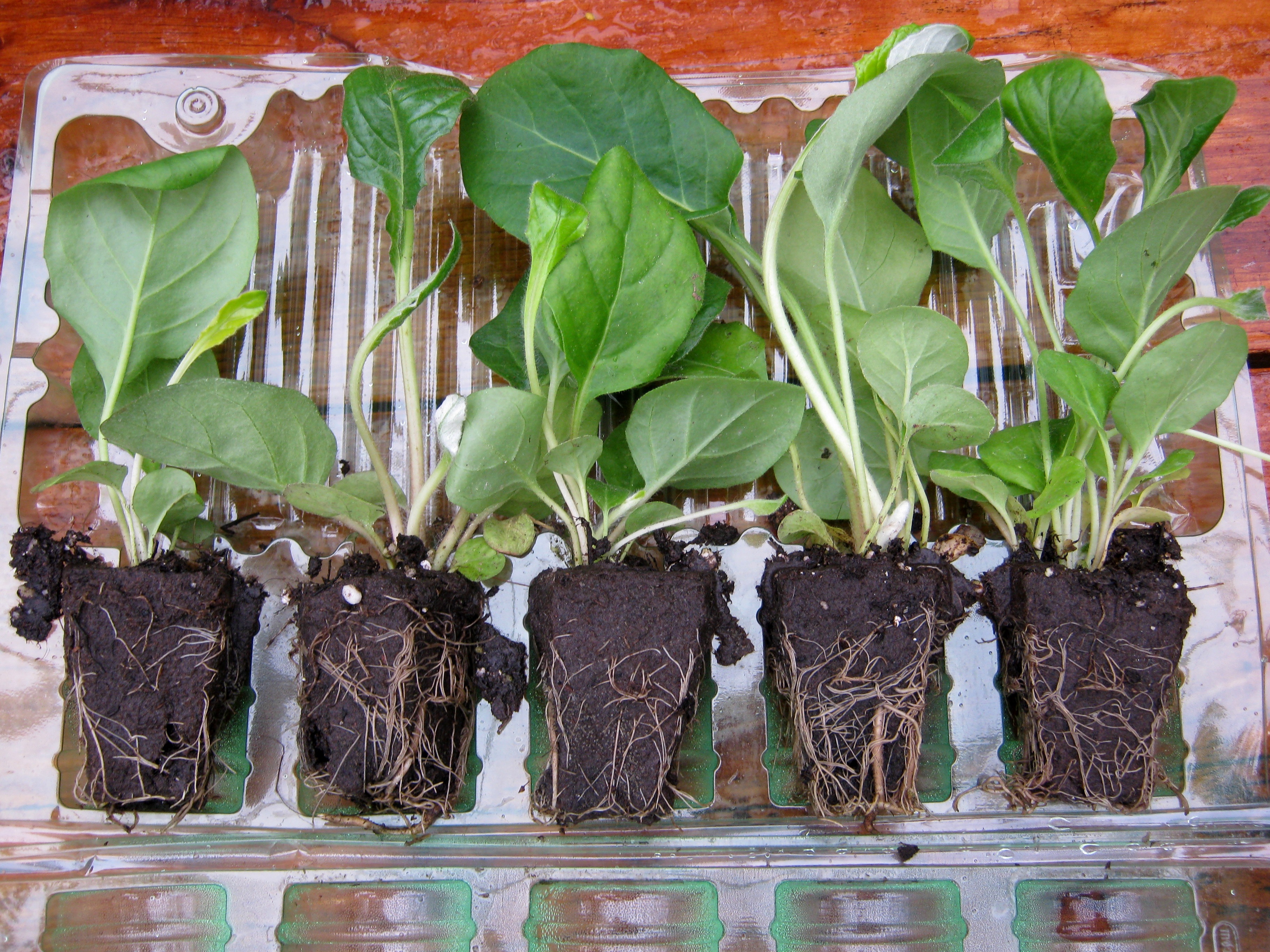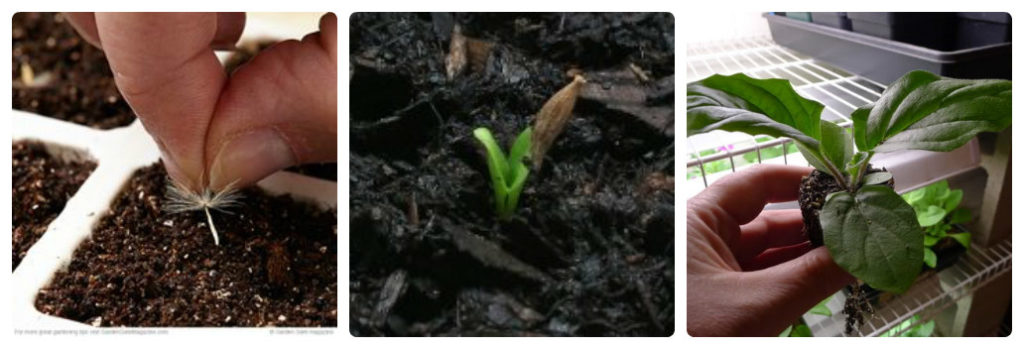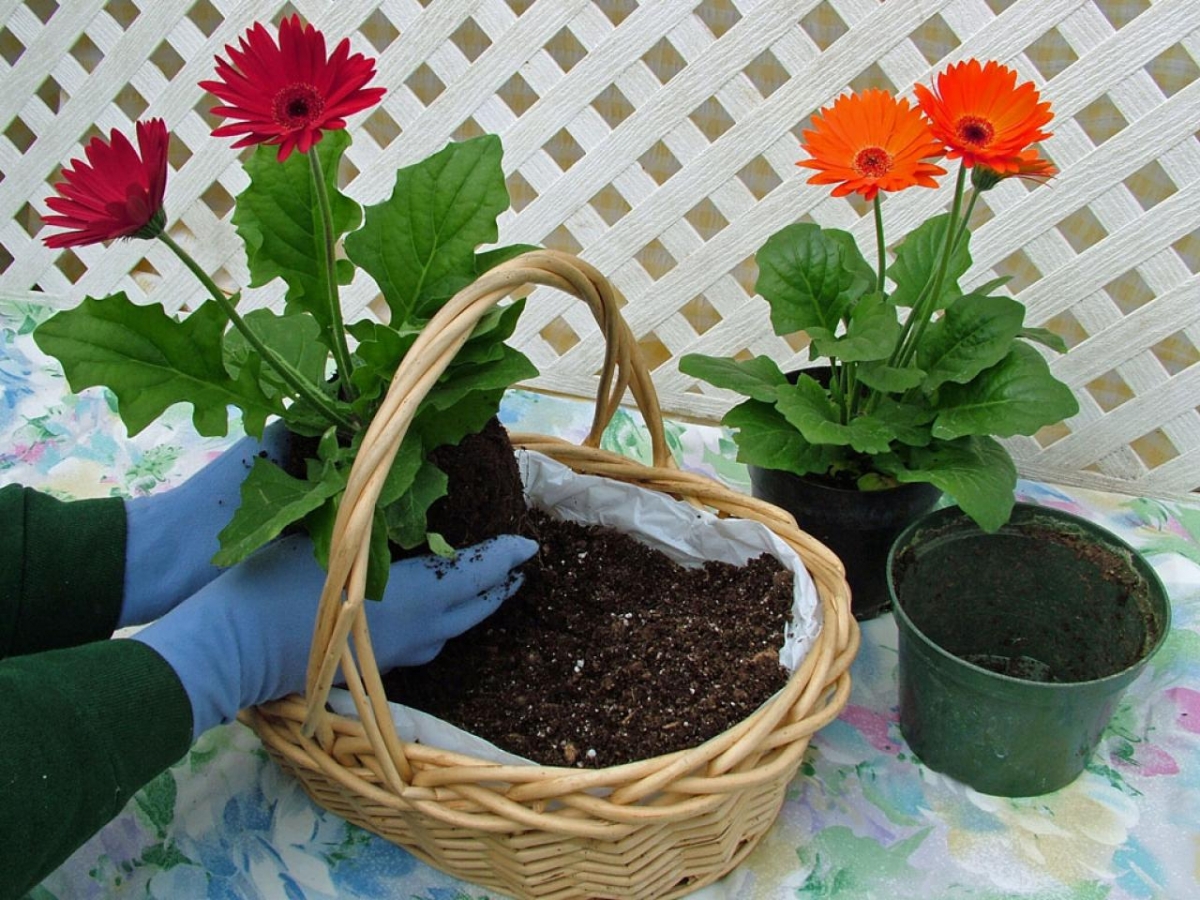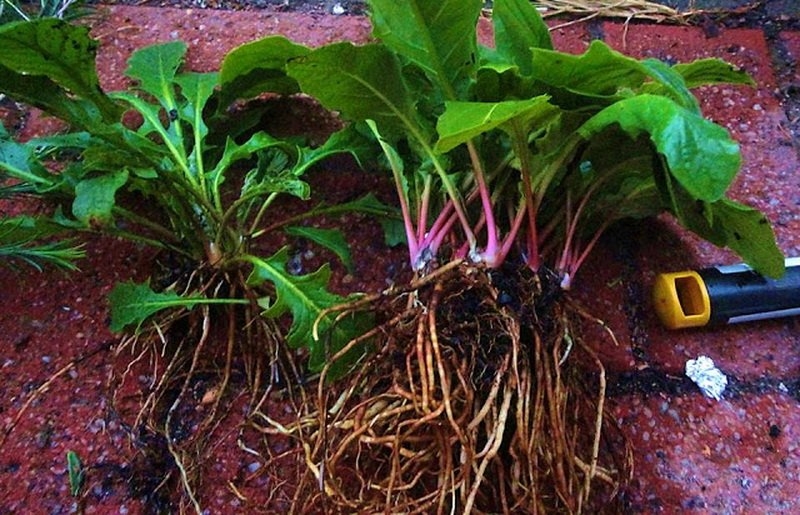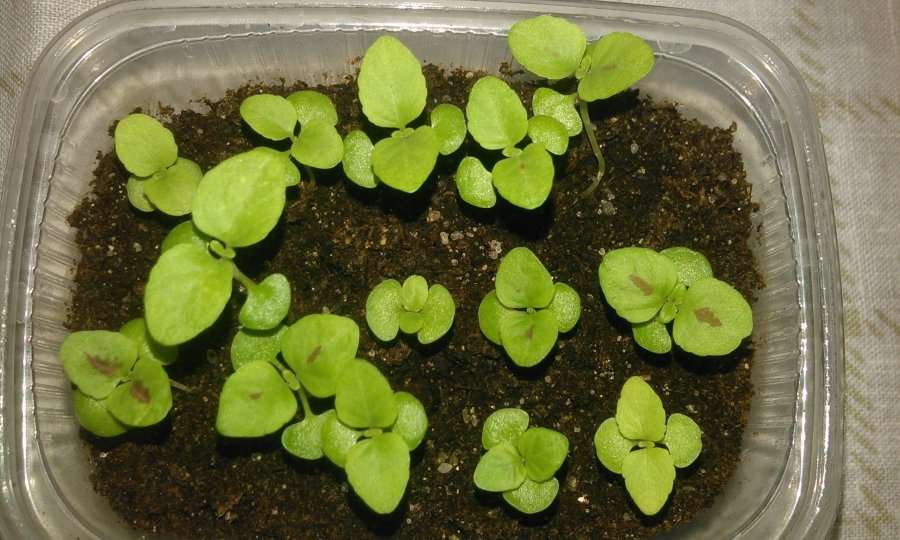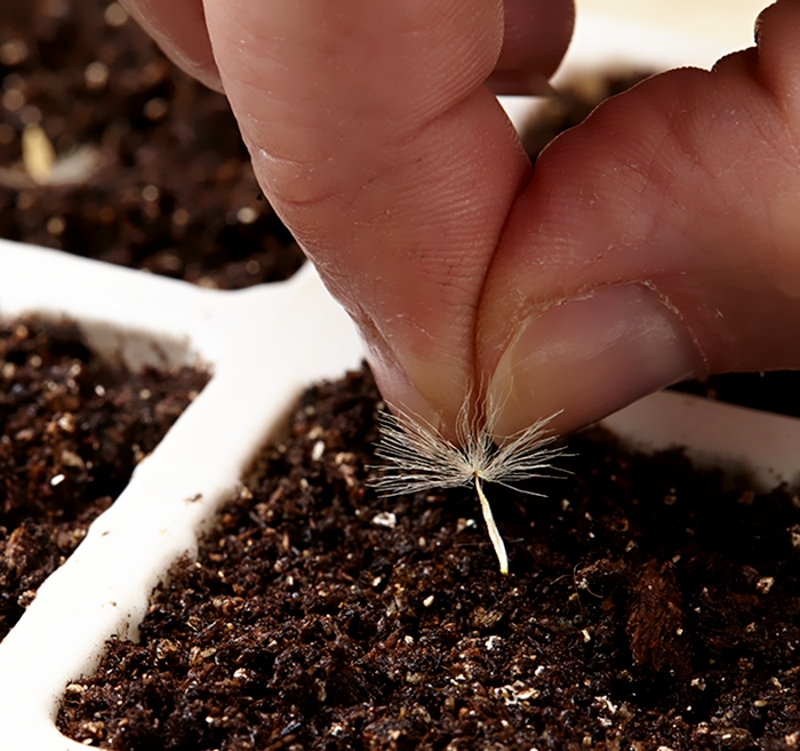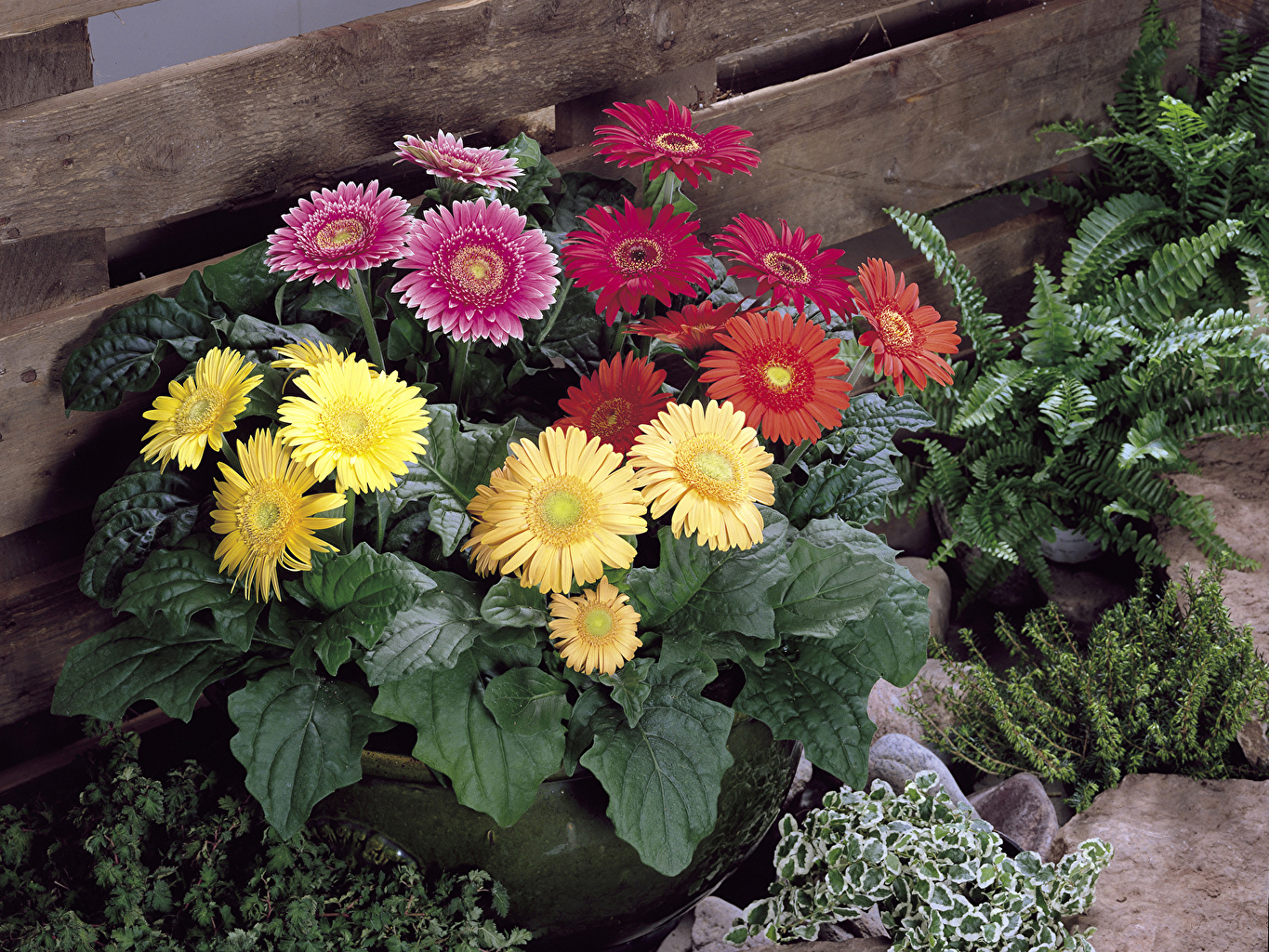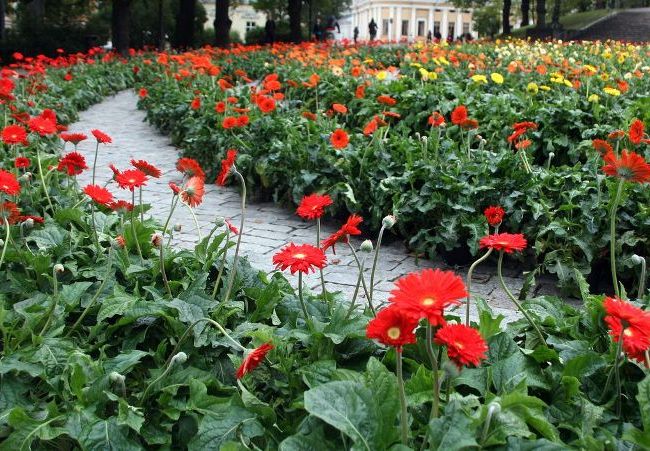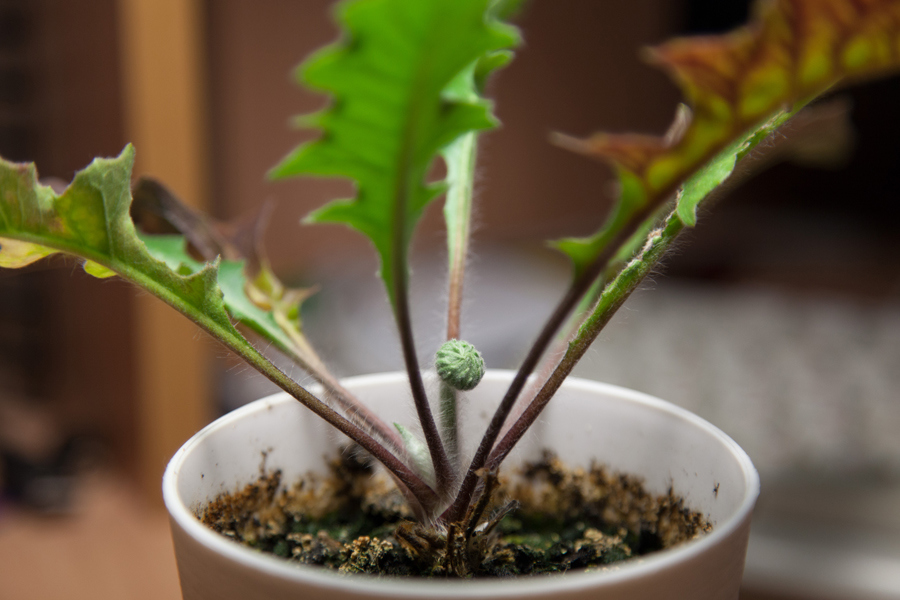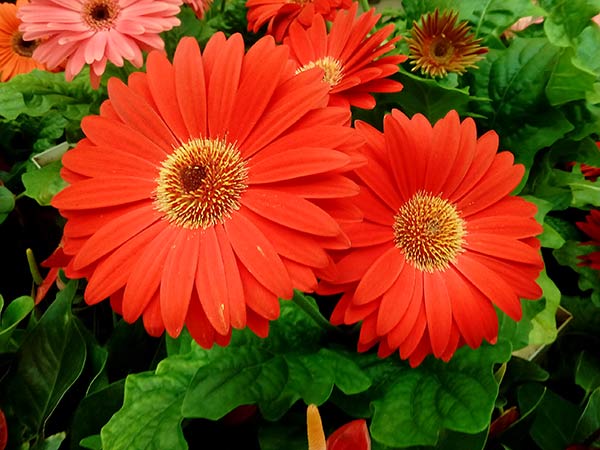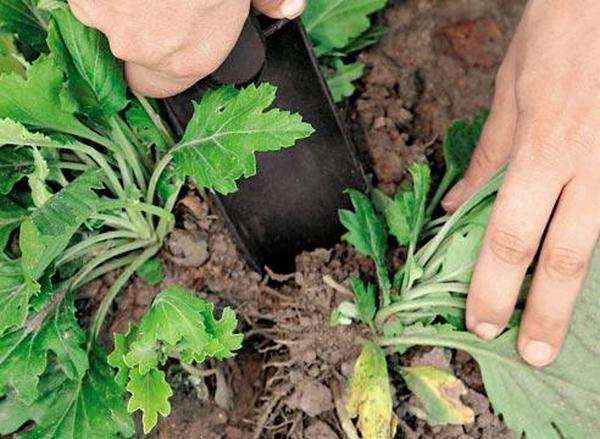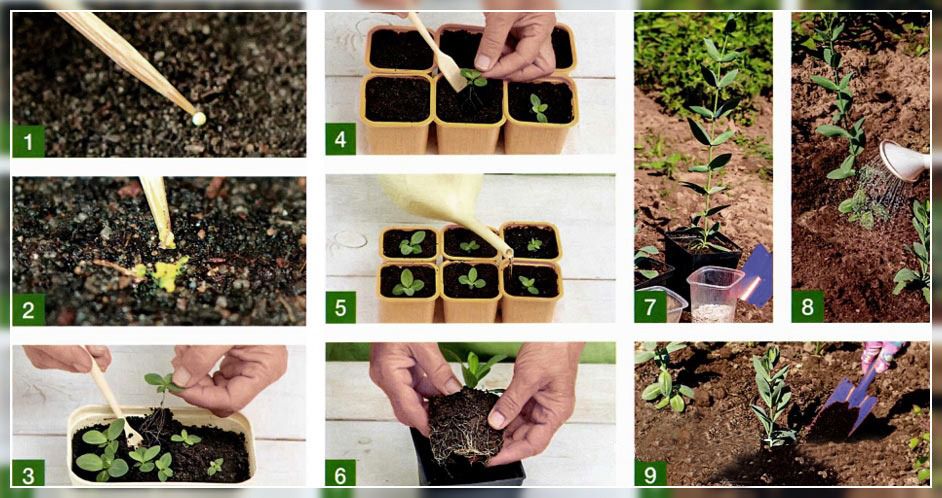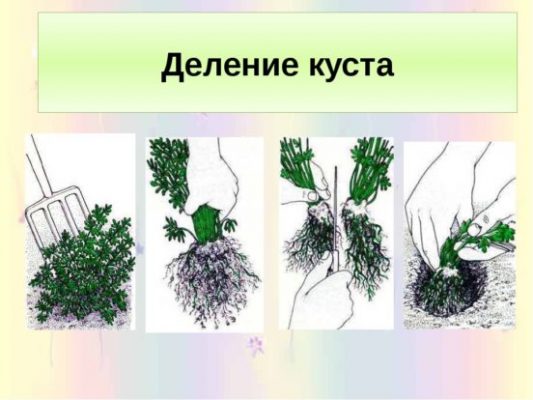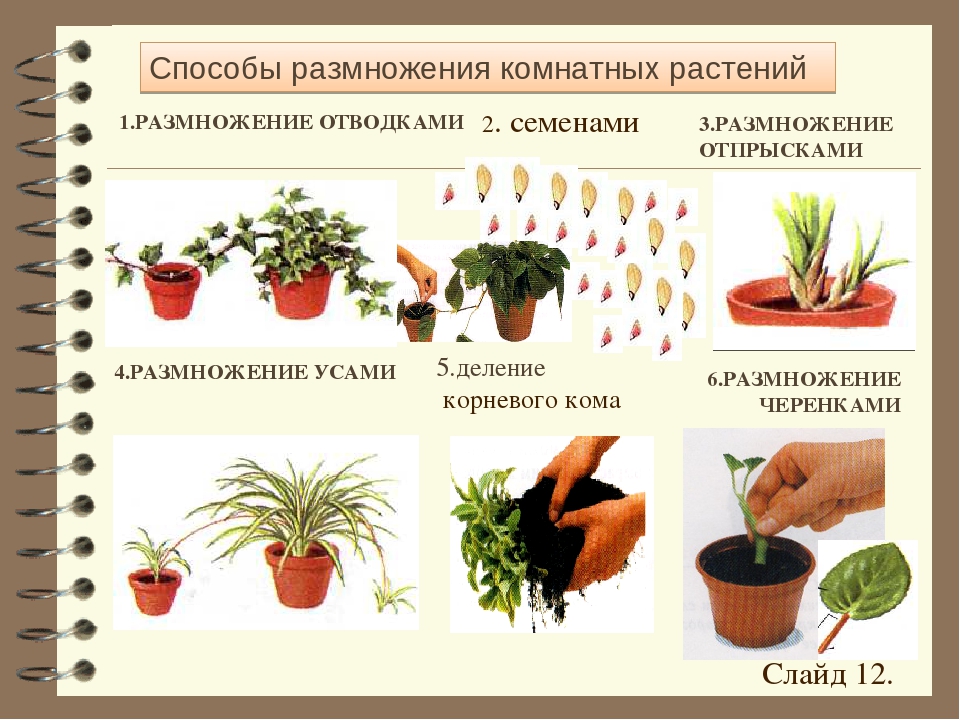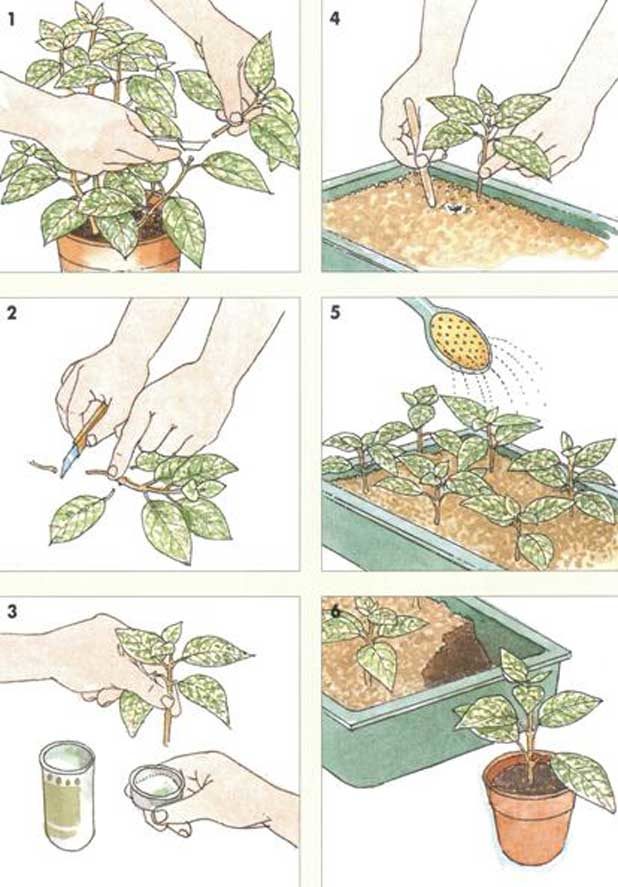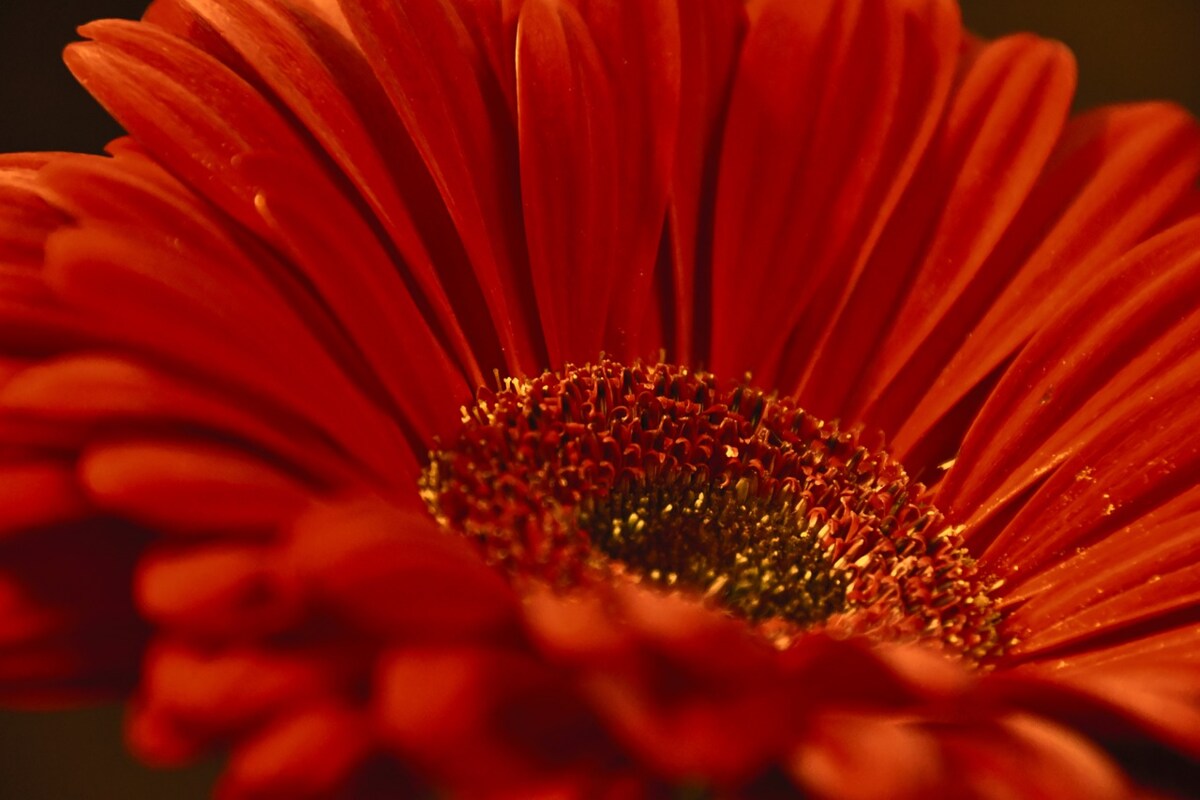Types and varieties of gerbera
Information about the species and varieties of transvaal chamomile varies - according to some sources, they range from 40 to 90. Every year, amateur breeders grow new varieties, hybridize and cross the known ones.
One of the classifications of a plant is based on external features:
- multi-flowered;
- large-flowered with a narrow petal;
- large-flowered with a wide petal;
- semi-double;
- terry.
All garden gerberas known today are bred on the basis of two types - green-leaved and Jameson.

Some of the most popular varieties:
| Variety | Description | Leaves |
Flowers / Flowering period |
| Jamson | Long-term, strong.
The varieties Parade, Harley, Golden Serena are known. |
Feathery, edged. Length about 20 cm. |
The diameter of the inflorescence is 10 cm. Friends! As part of our portal, we launched a book on how to make a lawn with your own hands. If this topic interests you, then READ MORE >> 3 weeks. |
|
Garden hybrid / Garvinea sweet dreams |
Height up to 45 cm, bush diameter up to 40 cm. | Rounded, fleecy. About 15 cm. |
Inflorescences with a diameter of 12-15 cm. On one bush there are up to 20 peduncles. Various colors. Mid spring - early autumn. |
| Patio klondike | Height and diameter up to 50 cm. | Elongated, serrated, 15 cm. |
Solitary, tongue-shaped petals. Usually white or all shades of red. July - October. |
| Abyssinian | The height of the bush is up to 45 cm. | The shape of an ellipse, the height of the bush is up to 45 cm. The width is up to 14 cm. The edges are wavy or serrated, on the surface there is a light downy. |
Solitary, tongue-shaped petals. Usually white or all shades of red. Spring - autumn. |
| Orange | A small shrub with a strong root system. | Leaf shape - ellipse, collected in a rosette at the base of the root. |
Orange, red, pink, purple, deep scarlet, yellow. The middle of the inflorescence is black, dark purple. July - October |
| Wright | Used to create bouquets. | They can be in the form of lobes or feathers. The edge is wavy or even. |
Red, orange, purple, yellow, pink. The center is yellow or snow-white. Spring - late autumn. |
| Vega | Selection from America. | Up to 50 cm long, narrow, with light edging. |
Diameter about 13 cm, stem height up to 70 cm. The color of the petals is bright orange. July - October. |
The stem is not cut, it must be twisted or broken, this provokes the growth of new peduncles with large inflorescences. During the flowering period, caring for the plant should be the most active - you need to water abundantly enough, regularly feed and remove dried petioles and leaves at the very base, irrigate the entire bush.
Winter care
Gerbera can withstand winter in the open air only in regions with a mild climate. Under other circumstances, it must be transplanted into an ordinary flower pot for the winter. Alternatively, you can place the dug plant for the winter in a basement or any other cool place.
From mid-autumn to mid-spring (winter), gerbera flowers continue to bloom with auxiliary light and an average temperature of 22˚C. But you should not grow it without rest, since after 2 years, the flowering will become sluggish.
In view of this, in December it follows:
- Place the gerbera in a bright room;
- Reduce temperature to 11˚C;
- Limit watering.
Under these circumstances, a dormant time comes, which will continue until the end of the winter period. Note that winter ends in mid-spring!
Conclusion: As you noticed, there is nothing difficult in growing a gerbera. You just need to adhere to the above tips.
Diseases of flowers and how to deal with them
All indoor and garden plants suffer from pests and various diseases.In many ways, this is facilitated by improper care, but there are also objective factors.
The most common problem is rotting of the root collar. It occurs as a result of an excess of moisture and when the plant is affected by fungal diseases. This disease can be prevented with the help of moderate watering and high-quality soil drainage.
Diseases such as root rot and gray rot are also common. Treatment requires treatment with special drugs.
In summer, at high temperatures, the flower is affected by powdery mildew. It is fought with it by treating plants with fungicides.
Among pests, bushes and flowers are actively harming:
- spider mites;
- thrips;
- aphid.
They take a liking to the plant and "squeeze" all the juices out of it, after which it turns yellow, dim and dries up. When these pests are found, the flowers are treated with insecticides.
Constant observation and proper care will allow you to notice violations in the development of the plant in time and take all the necessary measures to restore it.
As you can see, growing gerberas at home is troublesome, requires some effort, but is not impossible. Knowing the rules, even a novice florist can grow a beautiful flower in the garden.
Flower transplant and reproduction
In order for the gerbera to bloom, all the rules for planting it must be followed.
Planting technology Gerbera Sadovaya
Particular attention should be paid to the choice of a landing site, it should be well lit, without drafts. Consider the region when planting a flower
In order for the gerbera to remain a perennial plant, the optimal climate will be with hot, humid summers - warm winters, in this case, the plant will simply need to be covered with leaves or straw for the winter.
The region should be taken into account when planting a flower. In order for the gerbera to remain a perennial plant, the optimal climate will be with hot, humid summers - warm winters, in this case, the plant will simply need to be covered with leaves or straw for the winter.
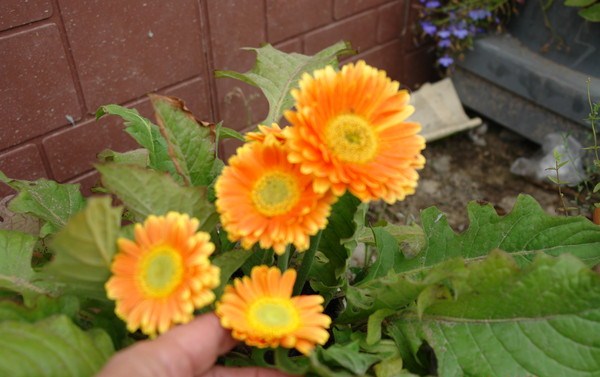 The best time for planting Gerberas on open ground can be considered mid-late spring, when the frosts have finally passed.
The best time for planting Gerberas on open ground can be considered mid-late spring, when the frosts have finally passed.
For gerbera to bloom for many years, the soil must be saturated with: phosphorus, magnesium, potassium, manganese. If there is a lack of these elements in the soil, then the flowers will be small or not bloom at all.
Drainage is required when planting. Watering is required exclusively at the root of the bush.
If you sow seeds, not seedlings, then they will bloom after 10 months. The flower itself is a box with seeds, which, after flowering, can be collected and sown in the soil next year.
Step-by-step reproduction in indoor conditions
Cuttings
To do this, you need to dig out a bush, rinse it well, then cut off the outlet. Then put it in a greenhouse, after a while young shoots appear on them, which serve as cuttings for planting.
Dividing the bush
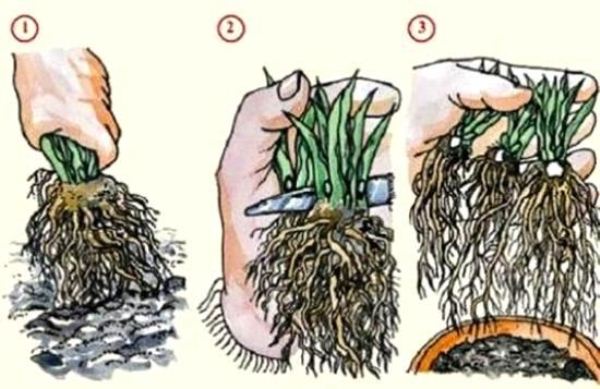 Gerbera breeding scheme by dividing the bush
Gerbera breeding scheme by dividing the bush
To do this, dig out a bush and divide it into separate components; each shoot should have at least 3 leaves. The rosettes must protrude from the soil by at least 1 cm.
Seeds
It is quite simple to propagate a plant by seeds, but in addition to this, you need to know some features. As soon as the flowers fade, the seeds should be collected from them, then soaked, for this you can use gauze soaked in water. As soon as they swell and the processes begin to hatch from them, you can start planting.
Step-by-step transplant
Transplanting is not difficult for a knowledgeable gardener, but not for beginners, so it is worth knowing certain rules:
It is worth planting seedlings only after at least 3 sheets have appeared on them.
Saplings should be planted in late spring in warm soil.
Extracting seedlings for transplanting must be extremely careful so as not to damage the roots.
After planting, the plant requires careful watering until the first flowers appear, after watering it should be moderate.
Gerbera garden: planting and care
The soil for planting should be slightly acidic (acidity - 4.5-5.5 pH). More acidic soil will delay the development of the root system. For an adult flower, a clay pot with a volume of 1-2 liters is suitable. To improve the quality, crushed pine bark or expanded clay is added to the soil. It is recommended to constantly loosen the top layer so that air can penetrate to the roots.
When transplanting from a small pot to a large flower, it will take a long time to get used to the new conditions. The transplant is best done in the spring. It is necessary to transplant the plant together with a lump of earth, so it will begin to grow faster. A flower bought in a store should not be transplanted immediately, it needs time to acclimatize.
Gerbera is a light-loving plant. She may even be in direct sunlight for some time, so she will be comfortable on the windowsill of a window facing west or east. In autumn and winter, it needs additional lighting, for which fluorescent lamps should be used. The abundance of sunlight can lead to a loss of brightness in the leaves, so the flower should be protected from the sun at noon. In case of excessive or insufficient illumination, flowering may not occur. In low light and poor nutrition, the flowers will be pale and ugly.
Gerberas love warmth. Large differences in day and night temperatures negatively affect the development of inflorescences. In spring and summer, the optimal temperature will be 22-24 ° C (at least 20 ° C). Flowers love fresh air. Therefore, the room should be regularly ventilated. In summer, the flower should be taken out into the garden or on the balcony.
Gerberas like frequent, but not plentiful watering during growth. Overflows should be avoided. The water in the pot must not stagnate. The rosette of the root leaves must remain dry. It is good for watering to use a tray filled with moss, sand or expanded clay gravel. Once every 2 weeks, the plant is fed with mineral fertilizer. It is impossible to use organic fertilizers, as they contribute to rotting of the root collar. Faded buds must be removed immediately so that they do not interfere with the development of new peduncles.
In winter, when the flowering period ends, the gerbera needs a temperature of about 15 ° C, but not lower than 12 ° C. Watering should be limited. The soil should dry out a little between waterings. Top dressing is not needed in winter.
Care
Gerbera is a beautiful garden plant, massively grown on an industrial scale. A little whimsical, but proper care and the wishes of a florist, allow you to grow this beauty in home flower beds.
If we take into account the moment that seedlings have already been obtained from the seeds and planted in open ground, then we will dwell on how the care of an adult plant should be.
The first point is the watering rules. The water should be warm and soft. It is necessary to water from a special watering can, so that the flow is diffused and does not expose the root system, directly under the root. Quite often and a lot, the flowers are watered until the first flowers appear, then the amount of water is reduced to a minimum.
Winter care. Gerbera is a perennial plant grown from seeds and planted in the ground with seedlings, which can please with its abundant flowering for several years. If the winters are not too frosty, then the dried stems are cut at a level of ten centimeters from the ground, and the bush is covered with dry leaves or straw. However, you need to watch out for such a shelter, since during warm winters, the bush may undergo support. In severe frosts, the flowers should be dug out of the ground and planted in pots and allowed to overwinter in room conditions.
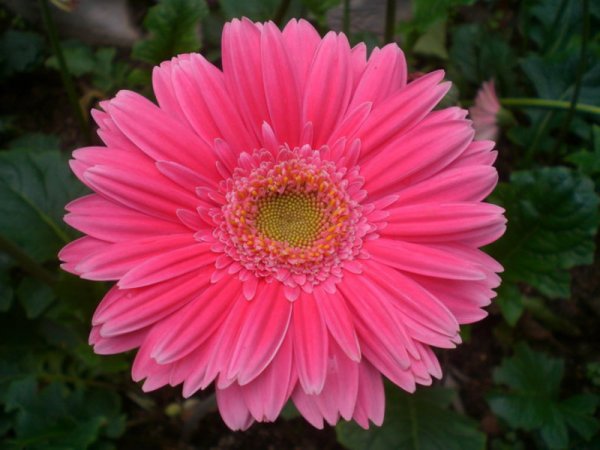 Bright flower.
Bright flower.
Dig up the flowers along with a little soil to minimize root damage. Bushes are stored in a bright room, where they are constantly ventilated.The air temperature should not be lower than six degrees Celsius, but also not higher than ten.
When transplanting a bush into a pot for storage, the root collar is left not covered with earth, this protects it from rot.
Illumination of the place. A well-lit part of the garden or flower garden is suitable for gerberas. In the shade, the plant stretches out and gives not very large inflorescences.
Caring for flowers at home requires regular plant feeding. The rich soil, rich in minerals, will allow you to achieve maximum results in growing large, beautiful flowers throughout the summer. For feeding, not only purchased products are used, but also a self-prepared solution of cow dung and mineral fertilizers. To do this, manure is preliminarily kept in water for seven days, then it is mixed with mineral fertilizers. Thus, a concentrated mixture is obtained. Flowers are watered with this tool in the proportion: 1 part of the mixture and 5 parts of water, no more than once a month.
Cutting the flowers is not recommended, they need to be broken out of the nest, since the rest may begin to rot, thereby damaging the entire plant.
Diseases and pests
This unpretentious plant is very susceptible to various diseases. To prevent diseases during planting, the soil must be treated with special preparations.

Root decay is common, causing fungus or over-watering. For prevention, drainage is improved, the irrigation regime is observed.
The appeared gray rot is destroyed with special preparations. They can be purchased at any flower shop. Flowers need to be processed carefully, getting the drug on the leaves causes ugly spots.
A disease such as Powdery Mildew mainly affects the flower in the heat of summer. They fight this disease using appropriate fungicides or sulfur-containing preparations.
Pests such as aphids, spider mites are diseases that can cause plant death. Signs of their appearance will be yellowing of the gerbera and its wilting. In this case, the plant should be saved with insecticidal special preparations.
Growing technique
In general, gerbera is an unpretentious plant that grows well in the open field. However, for good growth and abundant flowering, a number of conditions must be observed.
The soil
Gerbera prefers slightly acidic and well-drained soils. Since the plant is prone to root rot, it is advisable to carefully evaluate the substrate before planting and, if necessary, replace it with a suitable one. For added safety, a thick layer of gravel can be poured at the bottom of the planting tank or pit to allow excess moisture to drain out.
Temperature
The plant can be grown outdoors in mild climates. However, even if the climate is right for wintering, it is always a good idea to cover the roots and stem with a mulch of leaves, manure and straw. In colder regions, before the onset of the first frost, the plant is removed to a warm room, where the temperature does not drop below 5-7 ° C.
Gerbera prefers sunny and well-ventilated places. However, in regions with very hot summers, it is best to locate them in partial shade, as strong sun can cause leaf burns and parasites such as spider mites.
Watering
Watering should not be too frequent or heavy. Watering too often or too much can make the gerbera vulnerable to root rot. To avoid stagnant water, drainage is used or the frequency of watering is reduced. In general, gerbera grows best in dry climates, so growing in mountainous or very humid areas may fail.
Fertilizer
To obtain a long flowering period, it is advisable to introduce liquid fertilizers for flowering plants with a high content of potassium and phosphorus every 15 days.
Pruning
During the growing season, it is sufficient to remove wilted flowers and leaves. If the plant is grown outdoors, then at the end of autumn, seasonal harvesting of the dried parts of the plant and subsequent mulching is required for better wintering.
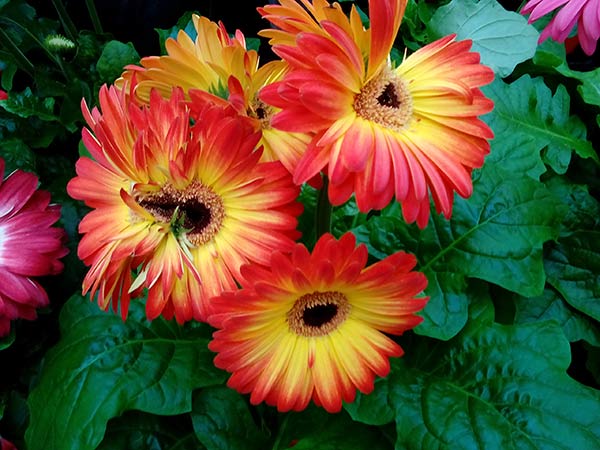
Popular varieties of garden gerberas
There are not as many varieties of this flower as there are varieties, but they are the basis of choice for a gardener. Their description and characteristics make it possible to determine whether a plant is suitable for growing in certain conditions, and what features of agricultural technology it has. After all, gerberas in the garden, the cultivation and care of which require certain skills, can bring not only aesthetic pleasure, but also certain troubles.
Gerbera Jameson
This species is actively grown not only in the garden, but also indoors. Strong bush, feathery foliage, collected in a socket. The peduncle is not very high. Outwardly, the flower looks like a daisy.

Gerbera Jamson is suitable for growing in the garden and in the room
The diameter of the cap reaches 10 cm. The flowering period lasts 3 weeks. The colors are attractive and bright.
Hybrid species Garvinea Sweet Dreams
This type is one of the novelties presented to the attention of gardeners. The height of the bush reaches 0.45 m, its diameter is 0.4 m. Each gerbera simultaneously produces up to 20 peduncles.

Garden gerbera Garvinea Sweet Dreams blooms from spring to autumn
The color range is rich. The flowering period lasts from spring to autumn frosts.
Klondike
A large plant with a bush height and diameter of about 0.45 m. Each plant forms up to 50 peduncles per season. The variety of shades is huge.

Klondike is distinguished by its large bush size and abundant long flowering
The flowers are semi-double, their diameter reaches 12 cm.The flowering period continues from July to October.
Abyssinian
The root rosette of this perennial consists of elliptical leaves. A characteristic feature is that young foliage is slightly pubescent.

Abyssinian gerbera has a delicate color scheme
Reed-type flowers, most often painted white, sometimes have reddish tints.
Gerbera orange
The rosette of the flower consists of elliptical leaves. Small bush, thick rhizome. Basket-type inflorescences are painted in the following colors:
- Orange;
- bright red;
- pink;
- dark scarlet;
- yellow.

Orange gerbera has a compact bush size and bright color of flowers
The middle flowers are sometimes black or dark purple.
Gerbera Wright
The rosette in this species consists of pinnate or lobed leaves. The peduncle is long, at the end of it a flower is formed that looks like a large chamomile. The middle of it is painted yellow or white. The color of the petals can be:

Gerbera Wright is characterized by a rich range of colors
- red;
- orange;
- purple;
- yellow;
- pink.
Gerbera Vega
This species was bred by American breeders. It differs from other varieties in large inflorescences, which reach 13 cm in diameter, and narrow long petals.

The Vega hybrid has a very large flower size
The length of the peduncle is about 0.7 m. The color of the flowers is yellow-orange.
Varietal variety
To succeed in growing a plant, it is worth choosing the right variety and providing it with adequate care.

Jupiter
This variety has a pleasant aroma and a long flowering period. The plant is characterized by long and narrow petals, so it looks like a chamomile. The stem reaches 70 centimeters.
Alcor
This variety is characterized by a rich cherry hue. Plants are decorated with small flowers. The bushes reach a height of 50 centimeters.
Migar
It is a narrow-leaved plant with large flowers.It is decorated with long narrow petals that diverge in different directions. The flowers are bright pink.
This variety is characterized by rich red inflorescences that have excellent decorative properties.

ALGOL
This is a fairly tall culture, which reaches a height of 70 centimeters. The flower reaches 13 centimeters in diameter.
Durora mix
This variety is characterized by a variety of colors. The culture is distinguished by large inflorescences and short stems.
Elegans
This variety is characterized by a yellow color. There are also pink varieties of the variety. The culture has strong roots and elongated leaves.

This plant is characterized by champagne-colored petals.

How gerbera reproduces in the open field
There are several proven methods that allow growers to propagate a garden gerbera on their own.
Germinating seeds
The main disadvantage of this method is that growers call the fact that it is not possible to preserve the varietal qualities of the mother plant. The new flower changes color, size and other important characteristics. Therefore, in order to obtain gerbera with already known and desired characteristics, it is better to purchase seed in trusted stores.
Attention! It will not be possible to collect seeds of hybrids on your own, you must definitely purchase them from manufacturers. Plants grown from seeds will delight the first flowering only after 10-11 months.
For sowing, you will need to mix 2 parts of turf, 1 part each of humus and leafy soil, as well as coarse sand. Low elongated pots equipped with drainage holes are used as a container.
Plants grown from seeds will delight the first flowering only after 10-11 months. For sowing, you will need to mix 2 parts of turf, 1 part each of humus and leafy soil, as well as coarse sand. Low elongated pots equipped with drainage holes are used as a container.

Picture 15 Seeds for growing should be purchased only in trusted stores
Gerbera seeds are sealed to a depth of 0.2 cm. Better yet, just spread them on a pre-moistened soil, sprinkle a little dry on top. After that, the vessel must be covered with glass or cellophane. This condition must be met for successful seed germination. After 10 days, shoots should appear. When the seedlings form 3-4 true leaves, they can be dived into separate pots.
Rooting cuttings
When using this technique, it will not be possible to obtain a large number of seedlings, but the varietal characteristics will fully correspond to the parent plant. In addition, young gerberas will have high growth potential. To root the plantings, you will need to create special conditions, namely, to maintain a constant temperature and high humidity.

Rooting cuttings allows you to preserve the varietal qualities of the mother plant
A gerbera bush is dug up, a leaf outlet is cut off and the roots are planted in a greenhouse. After a couple of weeks, shoots will begin to grow from the air buds, which will serve as material for future cuttings. As soon as at least 2 leaves are formed on the shoots, they are carefully cut so that the length is about 1 cm.After that, the cutting must be planted in a nutrient mixture of peat, river sand and perlite.
Attention! To root gerbera cuttings, it is required to maintain the temperature at + 24 ° C. After 2 weeks, roots form on the cuttings, however, they can be planted in separate pots only after a month.
After 2 weeks, roots form on the cuttings, but they can be planted in separate pots only after a month.
How to grow a gerbera in a flower bed
Growing a gerbera in the garden and caring for it is simple and fun, but requires compliance with the conditions necessary for a long and lush flowering.
In southern Russia, gerbera blooms from spring to autumn and hibernates without shelter without any problems.In the middle lane, flowering will be more modest, and for the winter the gerbera will have to be dug up and stored with a lump of earth in a cool, dry place.
Gerbera planting
Planting and following garden gerbera daisies begins at the end of winter. The plant is grown in seedlings. Seeds are sown in seedling containers from January to March in a mixture of garden soil with sand and compost. The seeds are covered very shallowly, only slightly sprinkling with earth. Seedlings, as a rule, are uncooperative and appear in 10-12 days.
After the appearance of several true leaves, the sprouts are planted in boxes or immediately in separate pots. The lightest window sills are chosen for seedlings. Seedling care consists in regular moderate watering. When watering, water should not fall into the root outlet, since the plant rots easily. Excessive watering threatens the appearance of thrips on the surface of the earth. In this case, both the plant and the soil surface are treated with Fitoverm.
Outdoor Gerbera Care
Gerbera seedlings are planted in open ground after the threat of frost disappears. This usually happens in the second half of May. Choose a sunny place for landing. The best soil for them is light, drained, with inorganic fertilizers applied. With an excess of organic matter in the ground, the peduncles are strongly stretched. Fading inflorescences must be removed in a timely manner. This stimulates the emergence of new ovaries. During active growth and flowering, the gerbera is watered abundantly, preventing water from entering the outlet. After flowering, the soil is moistened only after the earthen coma has dried.
In autumn, the gerbera is covered or dug up with a clod of earth. The shelter is made dry and ventilated so that the flower does not rot during the thaw.
In the spring, the gerbera is transferred into a pot that is suitable in size, transferred to a warmer and lighter place, and watering is increased. In late April - early May, an adult plant is planted in open ground.
Description of the garden gerbera. Varieties of culture
One of the nicknames for this flower, which looks like a large chamomile, is the "South African sun". In Africa, gerbera is a perennial with several months of flowering. In the cool climates of Russia, it is grown as an annual or transplanted into a warm room for the winter. Tall varieties of gerbera are very popular among those who grow flowers for sale.
Gerbera characteristics:
- stem height - up to 30 cm;
- leaves are thick, light green, collected in a socket under the peduncle;
- flowers - 12-15 cm in diameter, double or non-double;
Gerbera flowers can be of different shades.
- color of flowers - various shades, except blue;
- the size of the petals depends on the variety, they are usually oval in shape;
- branched root system;
- after flowering, seed pods are formed on the plant, in each of which up to 500 seeds ripen.
Attention! A single gerbera flower blooms and withers within a month. The total flowering period of the culture is 3 months
During this period, one bush forms up to 20 buds.
There are about 80 species of gerberas in nature. There are a lot of tried and proven varieties: both for the southern and cool northern regions. In the conditions of the garden, dwarf species take root well, which are the most unpretentious to care for. But if you want to raise tall, handsome beauties, try the Jamson varieties. Mars, Alcor, Jupiter, Iskra, Kalinka, Delios, Lancaster, Romeo, etc. are also planted in the middle lane.
It is interesting: Shrub cinquefoil - cultivation and care
Planting, growing and breeding gerberas

There are three ways to propagate a plant:
Reproduction using seeds. This method is most relevant in early spring.
To plant a gerbera, you need to soak the seeds and spread them on the soil, after sprinkling it with sifted sand. The earth must be slightly moistened with water at room temperature.After that, the seeds are covered with foil or glass and placed in a warm place, away from direct sunlight. A week after planting, the seeds begin to germinate and with the appearance of the first leaves, the plant must be planted in special containers. When the sprouts get stronger and about four to five leaves appear, they can already be planted in a permanent place.
Division of an adult bush. For this, it is better to choose three or four year old plants. This method is suitable for breeding especially valuable or rare gerberas. Thus, the maternal traits are retained, which are lost during seed cultivation. This method is more common for flower propagation at home. The division of the plant is carried out in early or mid-summer. The top old layer of soil is removed from the pot, opening the upper part of the rhizome. An incision is made on it, which is sprinkled with a small amount of finely crushed charcoal
After - a new layer of earth is placed in the pot and placed in a bright place. After three to four weeks, the plant can already be removed from the pot and carefully, dividing the new overgrown roots into two parts, transplanted into different containers, slightly larger than the previous ones.
Cuttings. At home, manipulating colors is much more difficult.
This method is used in the spring, before the active growth of the plant begins. For cuttings, healthy plants are used, not older than three years. Ready cut cuttings of gerbera are placed in warm, moist soil prepared for this, and covered with glass. Within a week, new shoots already appear, which are planted in pots, receiving new plants.
Post-flowering care
After the gerbera has given all its strength to bloom, it should be prepared for winter.
How it winters in the south
Only mild winters can guarantee normal wintering of gerberas outdoors. But this does not mean at all that the plant does not need shelter.
- After the gerberas have faded, all flower stalks should be removed, watering should be reduced, and fertilization should be stopped completely.
- The root zone at the end of September should be covered with a thick layer of fallen leaves or straw. But be careful, the leaves should only be collected from under healthy plants.
- An excellent way to preserve perennial plants is a plywood box or a box made of very thick cardboard.
- With the arrival of spring on sunny days, try to lift the boxes to gradually accustom the plant to natural conditions. With the onset of stable heat (10 ° C), the shelter is removed.
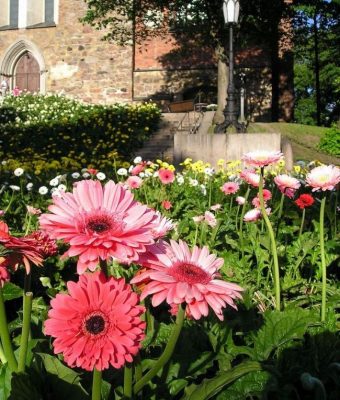
In the southern regions, gerbera is one of the most popular plants for landscape design.
Wintering in central Russia
In this climatic region, gerbera is cultivated as an annual plant. But you must admit that it is a pity to treat a flower this way, which can please for more than one year with its beautiful flowering. Therefore, for growing gerbera as a perennial, it is envisaged to move it for the winter in suitable conditions. For this, the plant is dug up together with an earthen clod and moved to suitable containers. Storage conditions should be as follows:
- ventilated basement with a stable temperature and low humidity;
- temperature 10 - 12 ° С, but not higher than 15 ° С;
- very rare watering and no feeding.
You can also put the gerbera pot in the greenhouse. If there is no basement or greenhouse, use the coolest corner of the apartment, where there is no bright light. In such conditions, the plant will be able to rest until spring, in order to please with lush flowering with the beginning of the new season.
If you do not want to transplant the gerbera from the flower garden to the wintering pot and vice versa every year, use a container in which the flower will be comfortable throughout all seasons. From spring to autumn, the plant will delight you with flowers on the street, and for the winter you can remove it to a place suitable for relaxation.
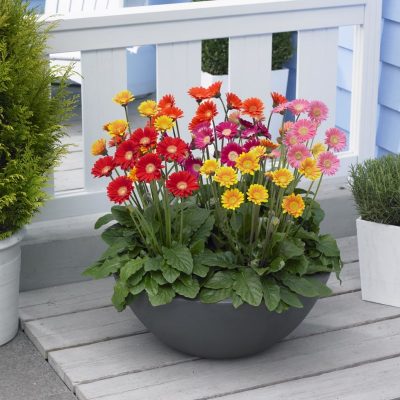
In the conditions of central Russia, gerbera can also be grown outdoors, but for the winter it will have to be provided with more comfortable conditions.
Growing problems, diseases and pests
Most often, gerberas are subject to fungal diseases. In the event that the fungus has infected the root system of the plant, the flower should be transplanted to a new place, having previously treated the soil and plant roots with antifungal drugs. Preparations will help get rid of gray rot.
Additional Information! Fungicides will help fight powdery mildew. If the root collar begins to rot, watering should be reduced, and the soil should be loosened and mulched.
Among the most common causes leading to the disease, experts identify:
- excessive watering - because of it, fusarium and late blight develop;
- lack of moisture - leads to the appearance of a spider mite;
- aphid attacks - the plant begins to wilt.

To prevent gerbera leaves from fading, they should be shaded on sunny days.
Gerbera can stop blooming when there is not enough sunlight, the soil contains too much nitrogen. If the leaves begin to turn yellow and dry, the plant lacks moisture.
Gerberas can become the real pride of a gardener and the main decoration of the garden - for this it is enough just to know how to properly plant seedlings in a permanent place, how to care for them. All efforts and time spent will certainly pay off - the gerbera will delight you with lush flowering and a real riot of colors.
vote
Article Rating


